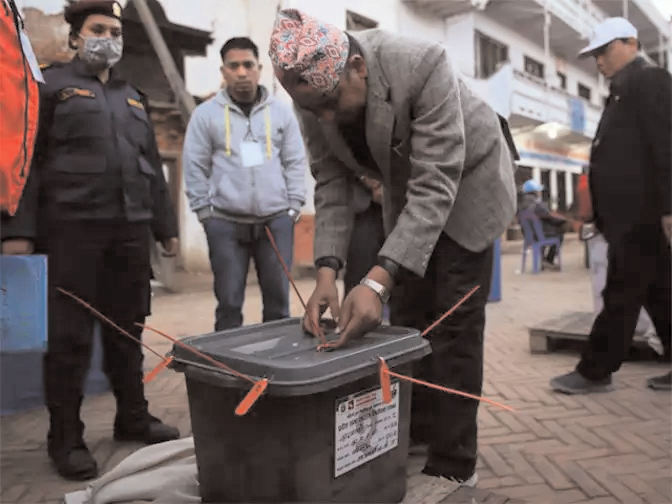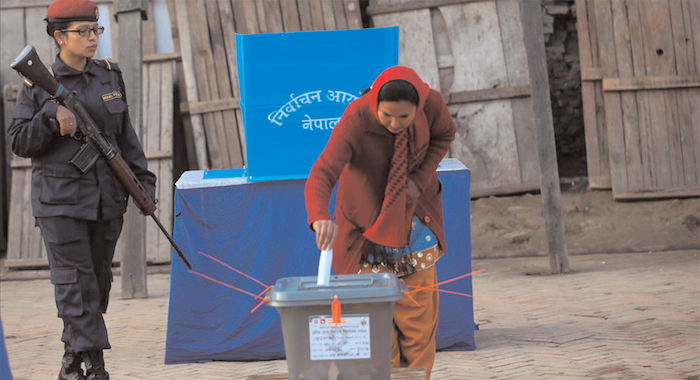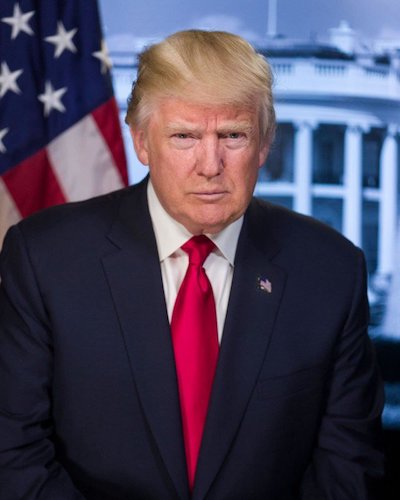
KATHMANDU (TIP): Nepal registered 67 per cent voter turnout in the last phase of the historic provincial and parliamentary elections that many hope will bring the much – needed political stability to the Himalayan nation on Dec 7.
This was slightly above from the first phase when 65 per cent voters had exercised their franchise on November 26.
The counting of votes has also started in most of the districts following an allparty meeting.
The voting, which began at 7 AM and closed at 5 PM, was by-and-large peaceful except some minor incidents of violence, Chief Election Commissioner Ayodhi Prasadi Yadav said.
Three persons were injured in clashes between the cadres of the ruling Nepali Congress and the main opposition CPNUML at a polling centre in Bhaktapur district, about 14 km east of Kathmandu.
The Election Commission said that 67 per cent votes were cast across 15,344 polling centres in 45 districts which went to the polls under the second and final phase of provincial and parliamentary elections.
 As many as 7,752 polling centres were arranged for today’s voting. A total of 155,000 employees and 200,000 security personnel were deployed on poll duty.
As many as 7,752 polling centres were arranged for today’s voting. A total of 155,000 employees and 200,000 security personnel were deployed on poll duty.
More than 12.2 million voters were eligible to exercise their voting rights in the second phase of the polls. The voting took place for 128 constituencies of Parliament’s House of Representatives and 256 seats of Provincial Assemblies in 45 districts. The political fortune of 4,482 candidates, including Prime Minister Sher Bahadur Deuba, were sealed in ballot boxes. For the Parliament, 1,663 candidates contested while 2,819 candidates tried for the Provincial Assemblies.
The first phase of the polls in the landlocked country was successfully held in 32 districts on November 26. Around 200,000 security personnel, including the Army, were deployed for the polls in an attempt to step up security in the wake of explosions ahead of the elections.
This is for the first time that elections for Parliament and Provincial Assemblies are being conducted under the new Constitution promulgated in September 2015.
In total, the elections will elect 128 Members of Parliament and 256 Members of the Provincial Assemblies. The House of Representatives consists of 275 members. Of them, 165 are elected directly under the First-Pastthe- Post system while the remaining 110 come through Proportional Representation system.
The elections are being seen as the final step in Nepal’s transition to a federal democracy following a decadelong civil war till 2006 that claimed more than 16,000 lives.
While many hope Nepal’s first state elections will hasten regional development, others fear they will spark a fresh wave of violence. (PTI)





Be the first to comment